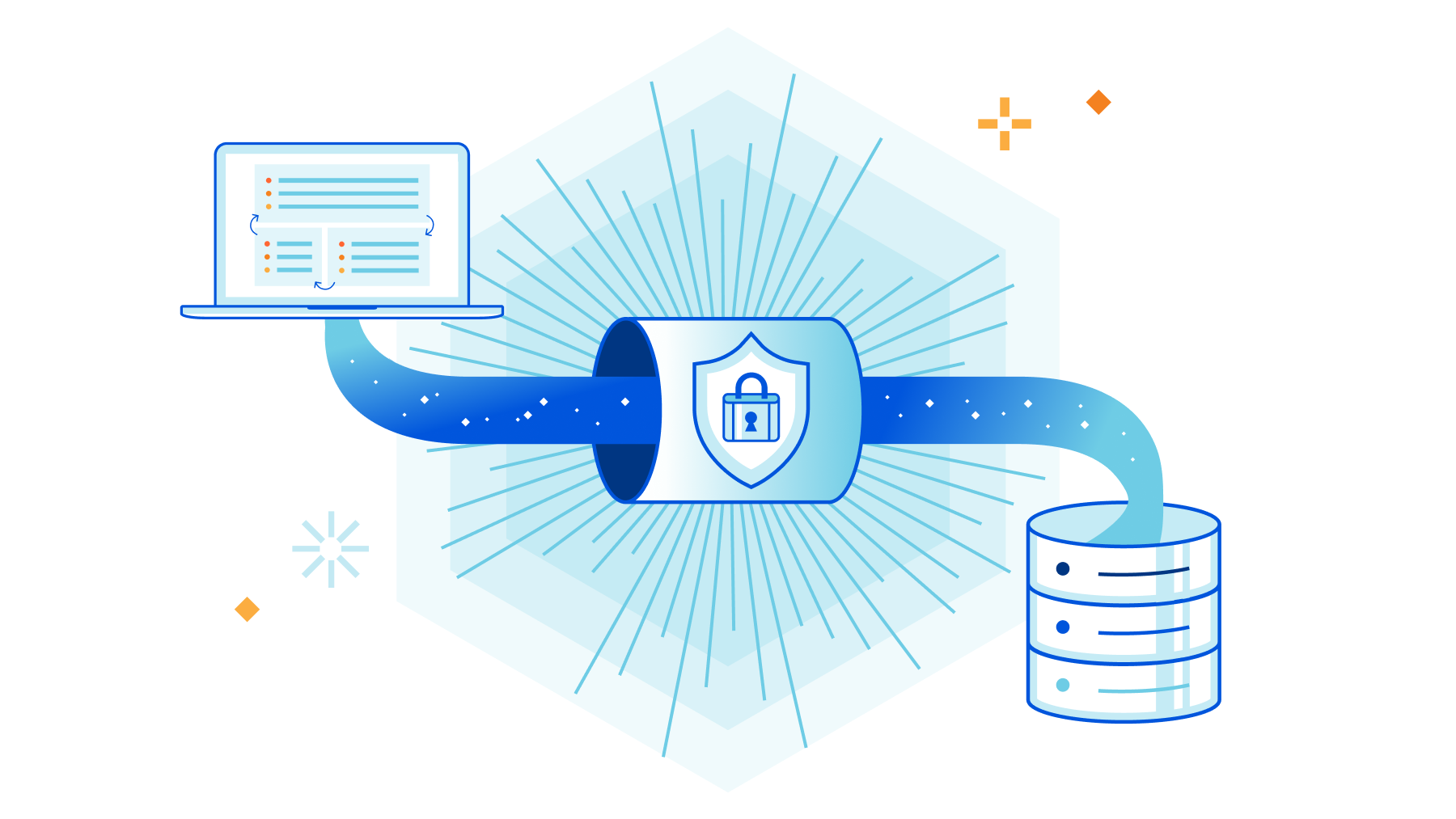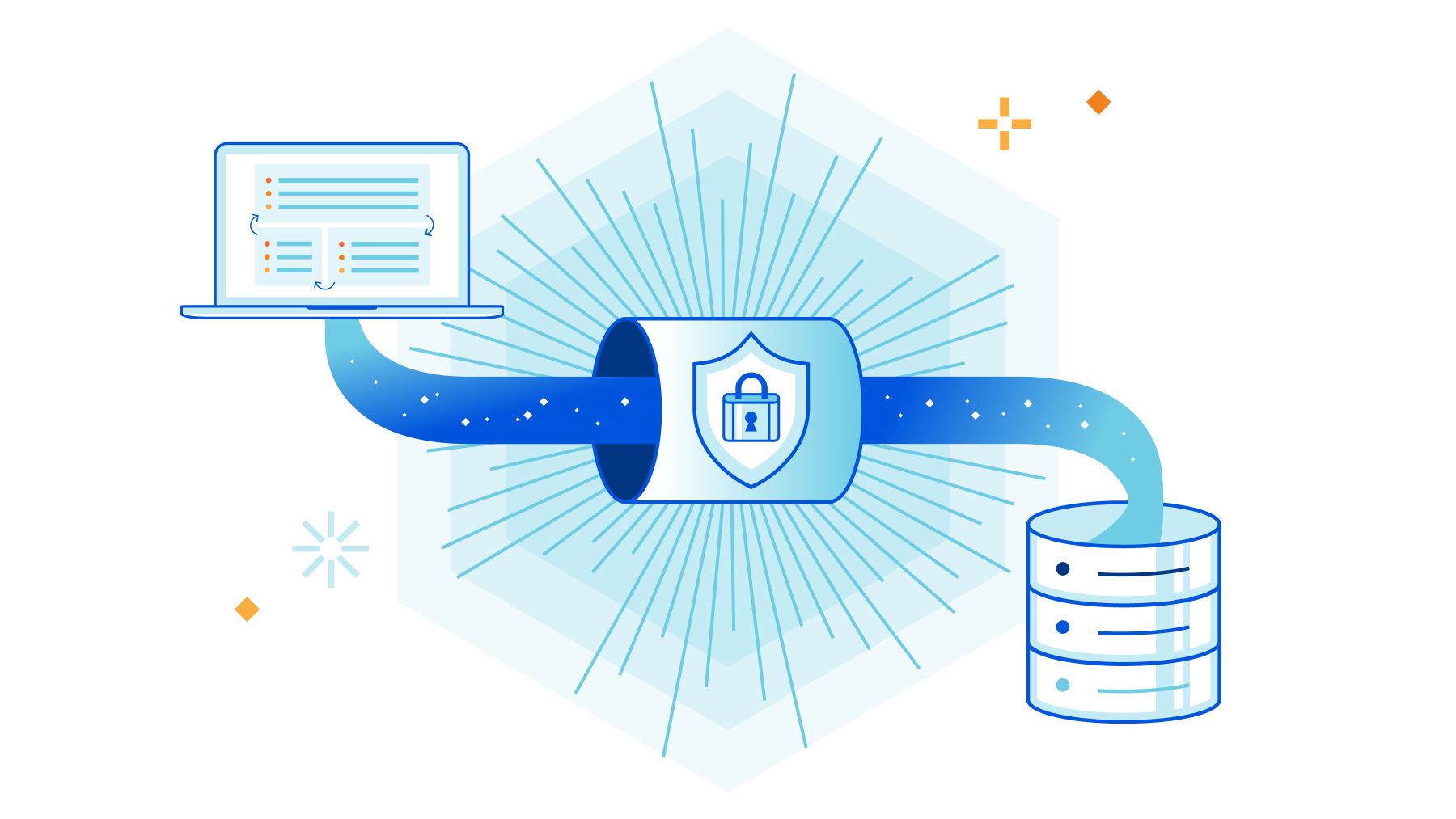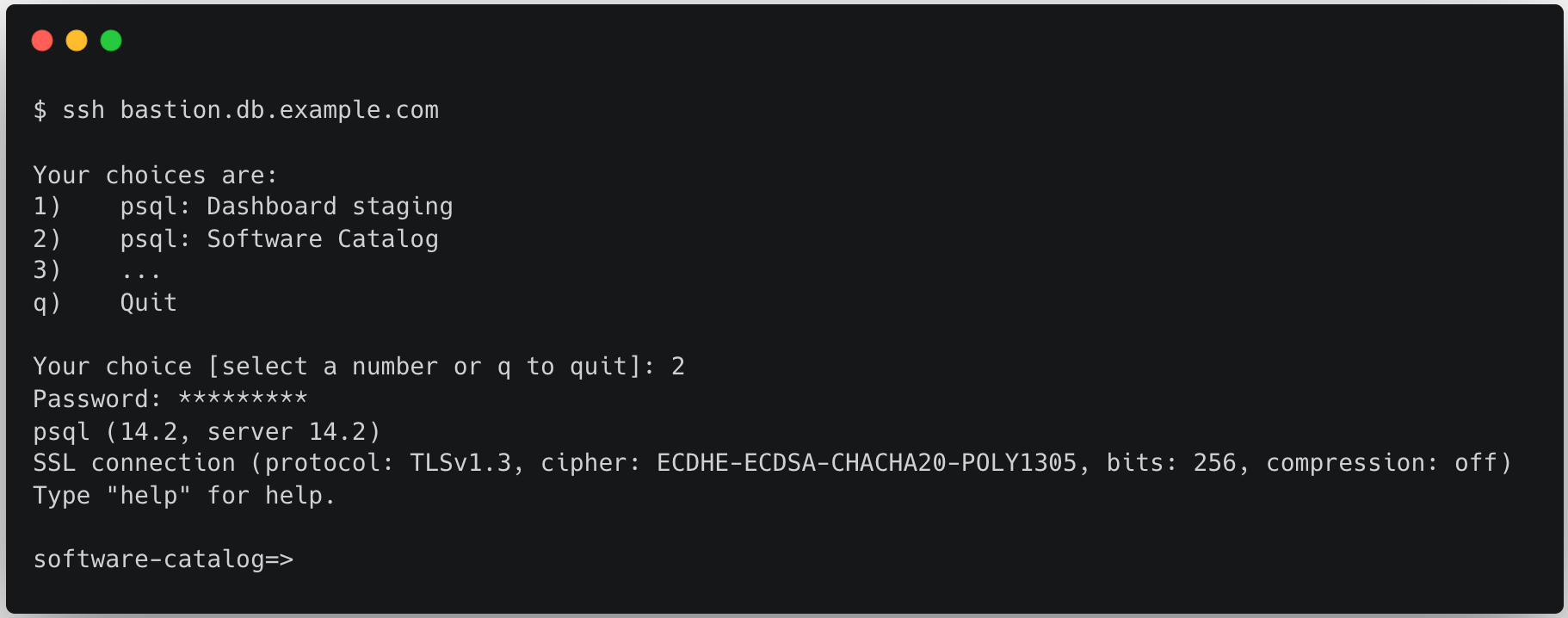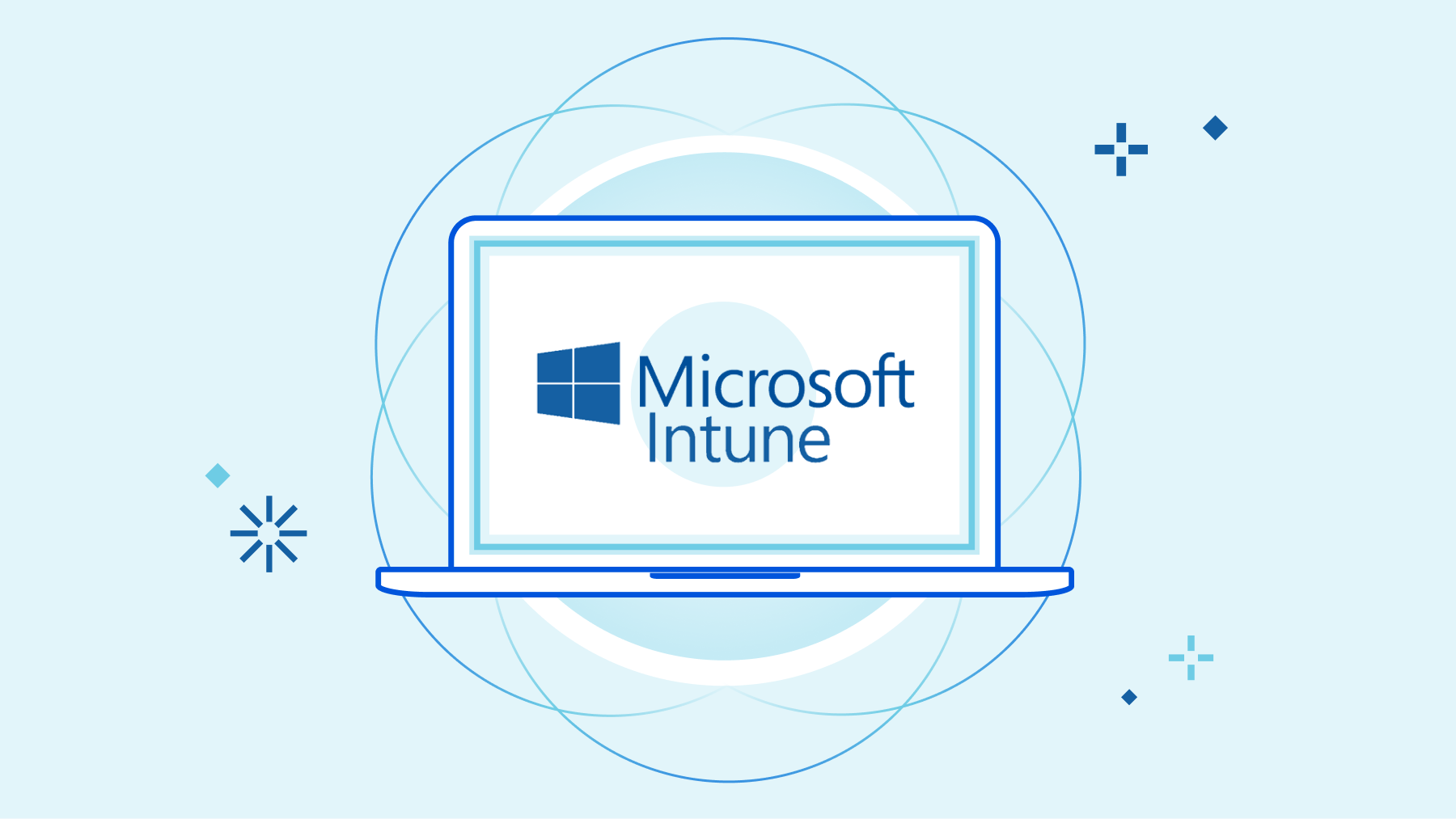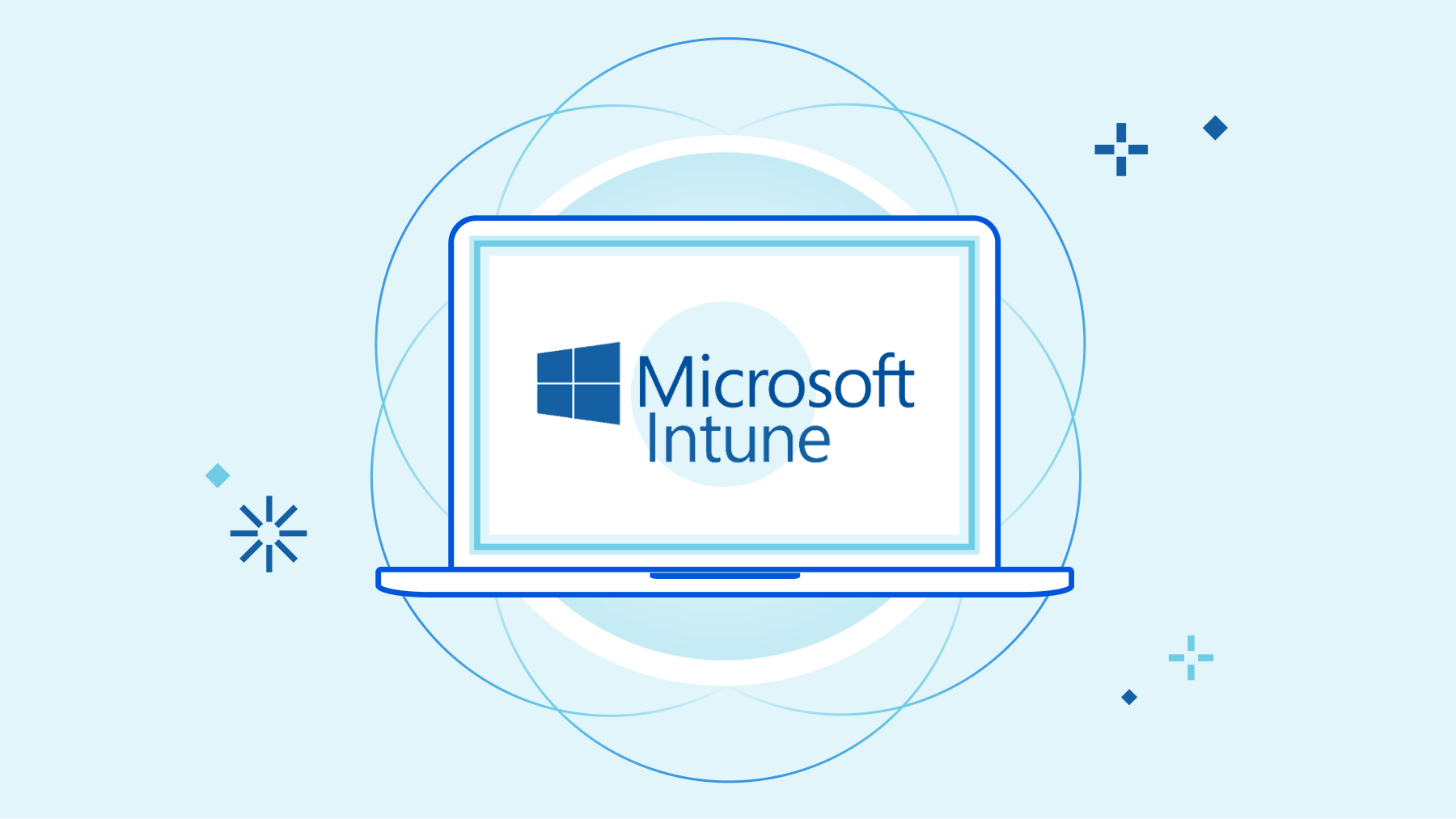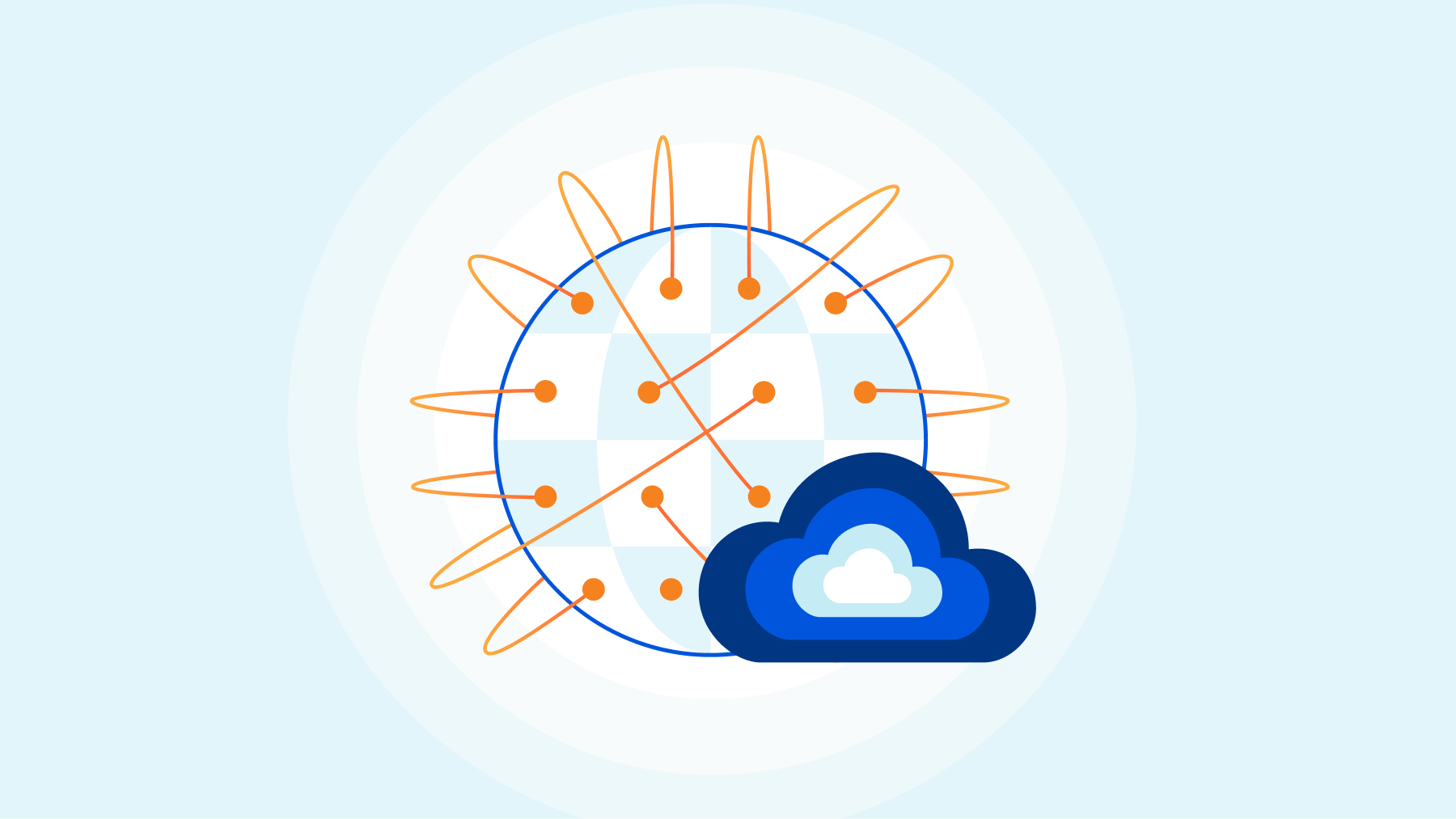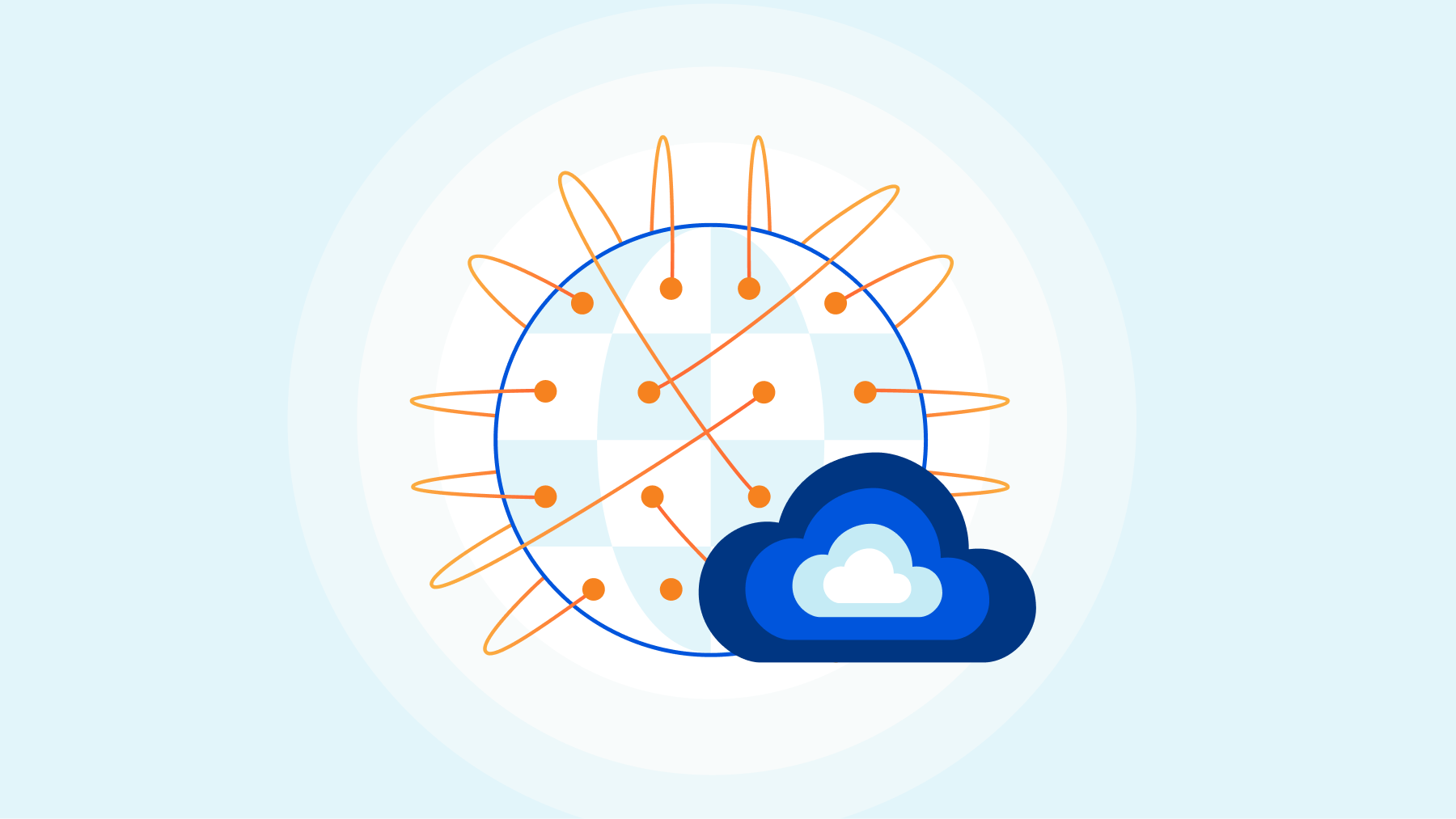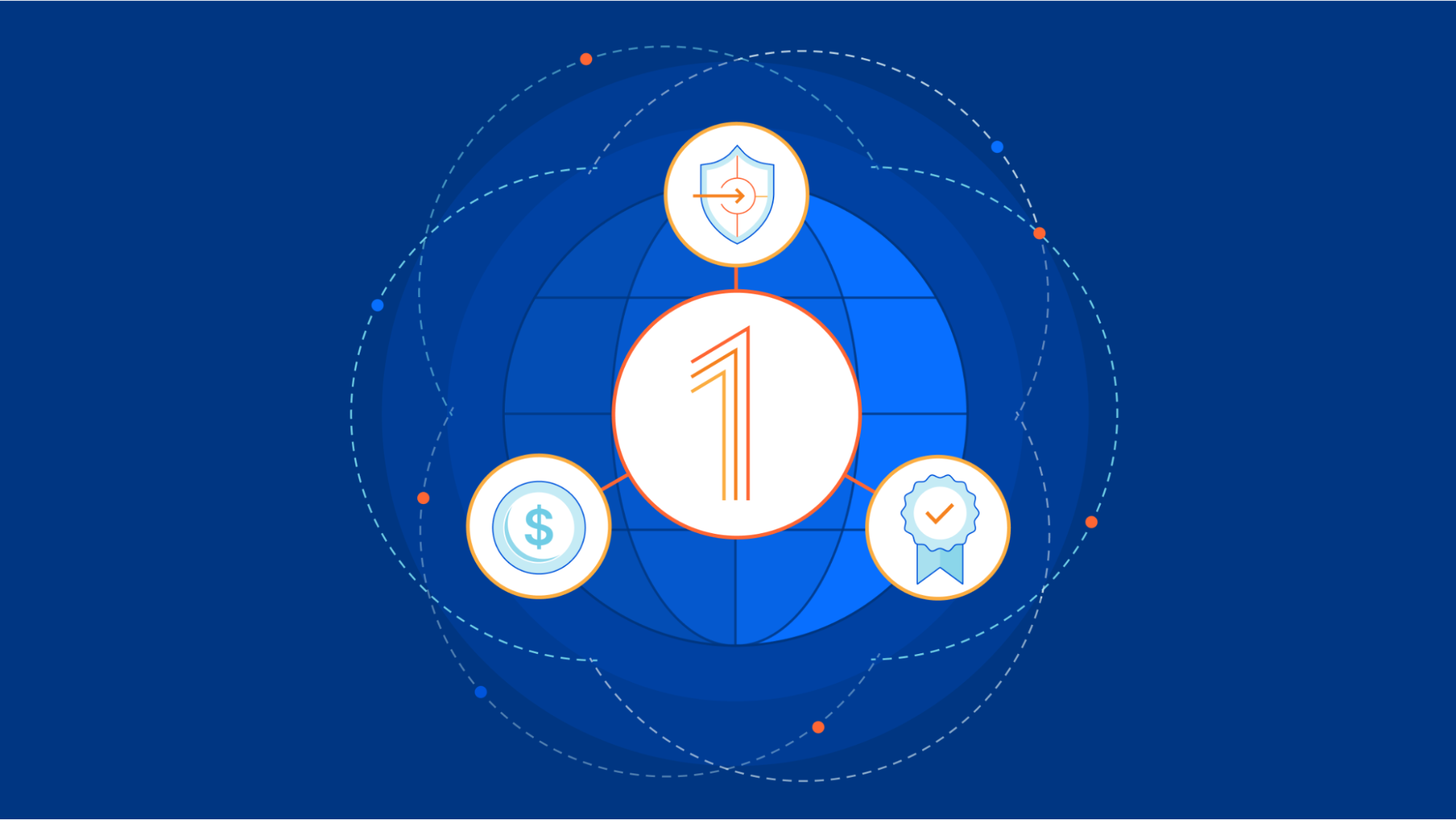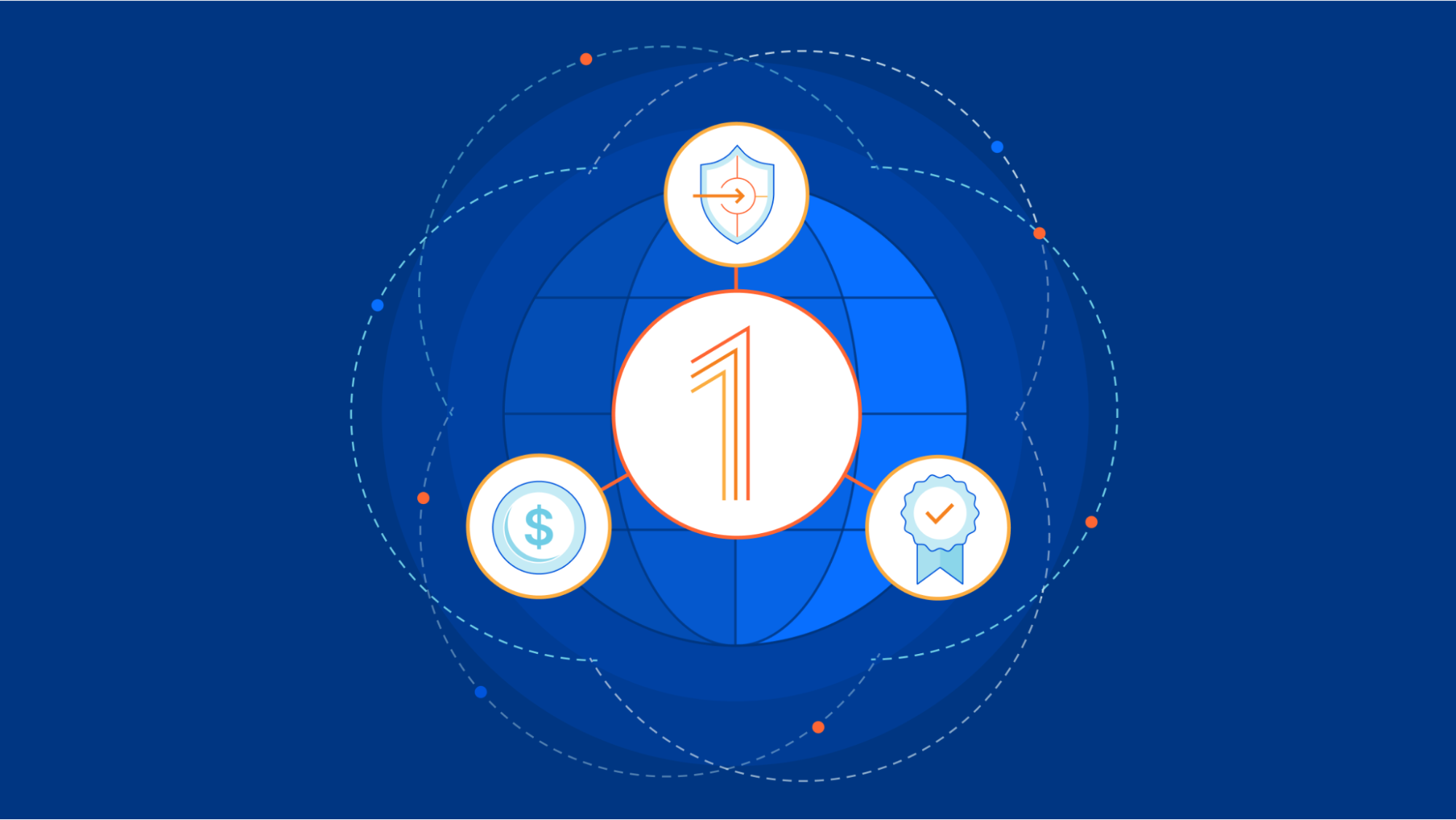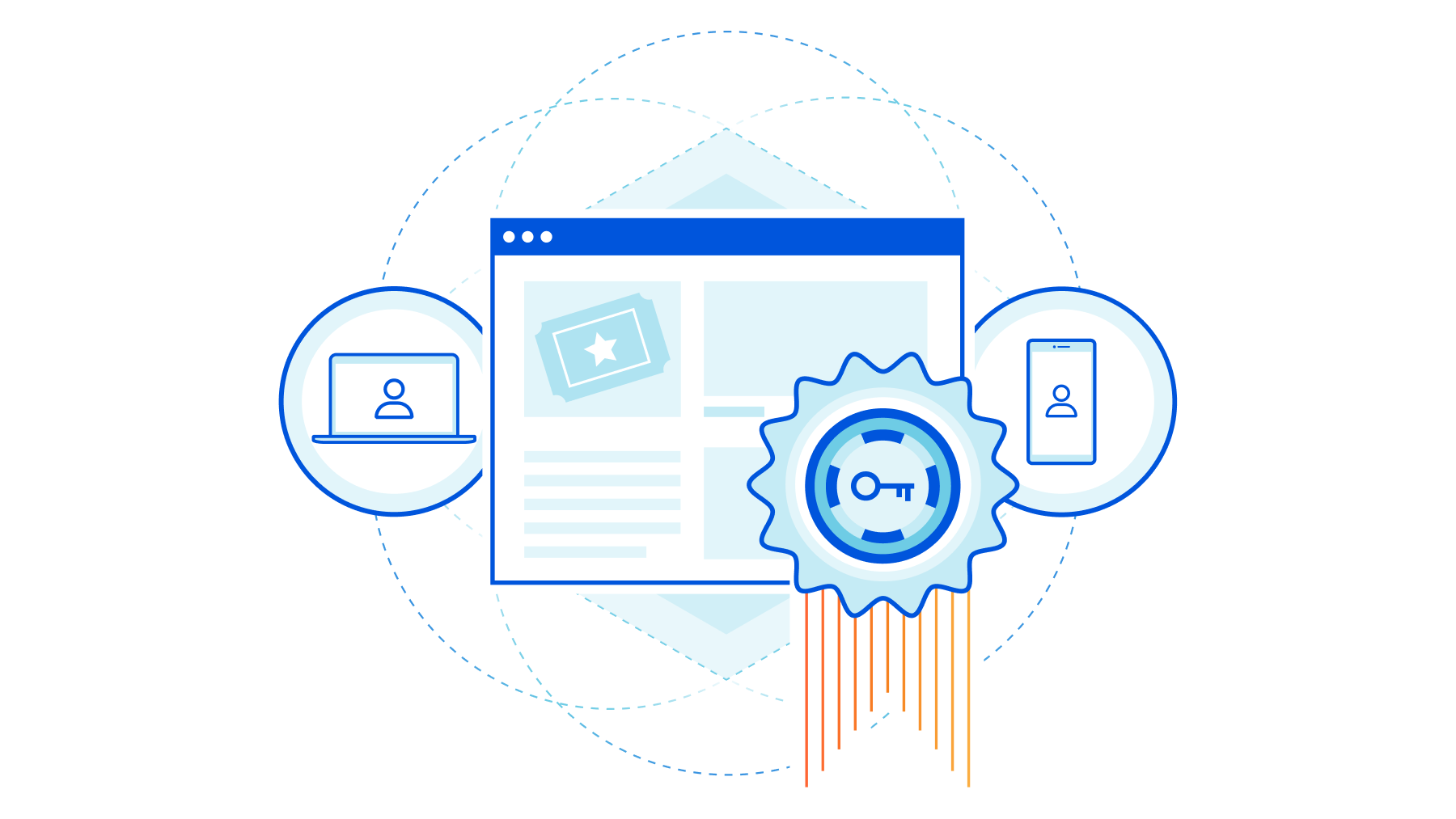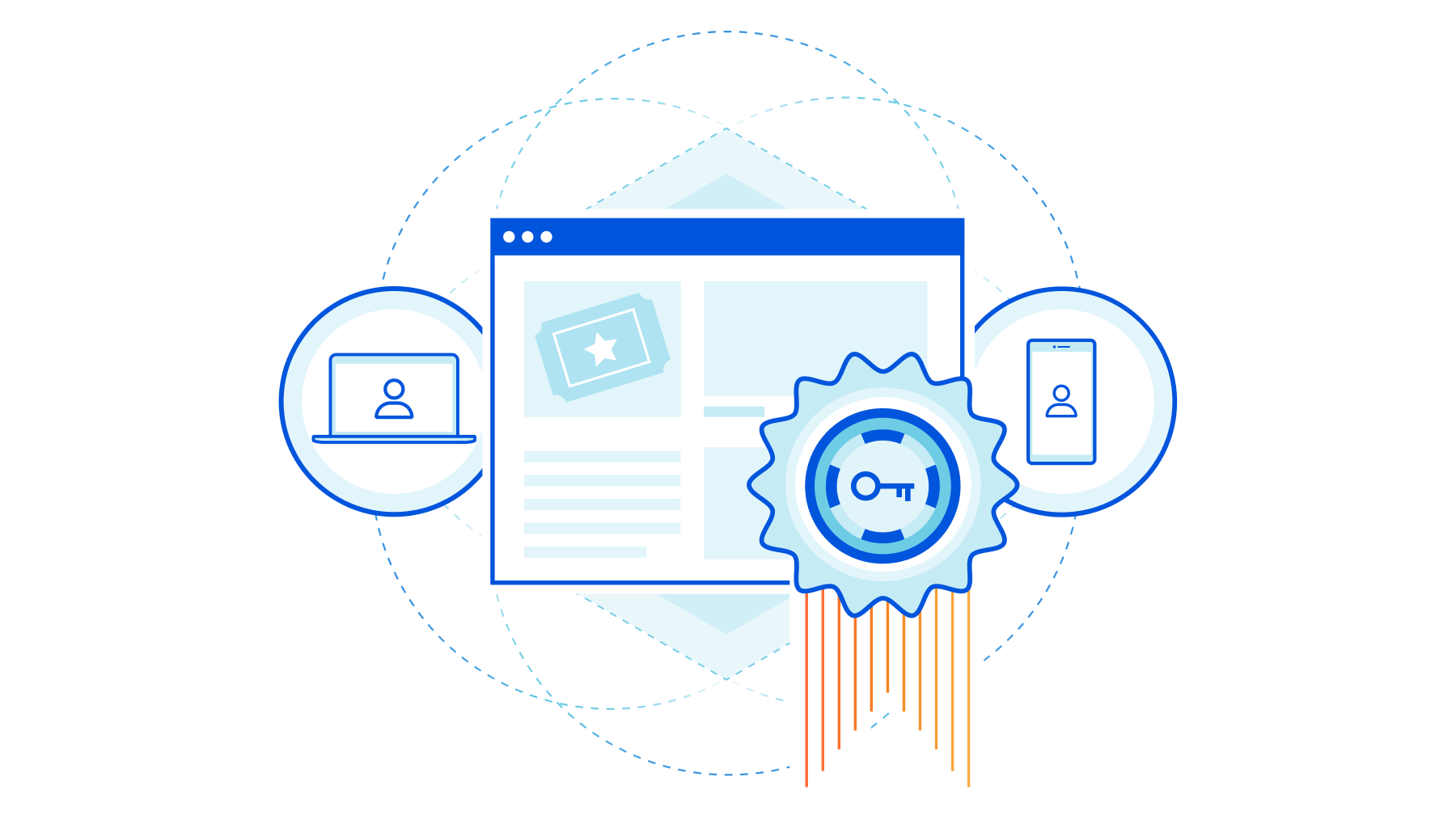A stronger bridge to Zero Trust


We know that migration to Zero Trust architecture won’t be an overnight process for most organizations, especially those with years of traditional hardware deployments and networks stitched together through M&A. But part of why we’re so excited about Cloudflare One is that it provides a bridge to Zero Trust for companies migrating from legacy network architectures.
Today, we’re doubling down on this — announcing more enhancements to the Cloudflare One platform that make a transition from legacy architecture to the Zero Trust network of the future easier than ever: new plumbing for more Cloudflare One on-ramps, expanded support for additional IPsec parameters, and easier on-ramps from your existing SD-WAN appliances.
Any on- or off-ramp: fully composable and interoperable
When we announced our vision for Cloudflare One, we emphasized the importance of allowing customers to connect to our network however they want — with hardware devices they’ve already deployed, with any carrier they already have in place, with existing technology standards like IPsec tunnels or more Zero Trust approaches like our lightweight application connector. In hundreds of customer conversations since that launch, we’ve heard you reiterate the importance of this flexibility. You need a platform that meets you where you Continue reading
